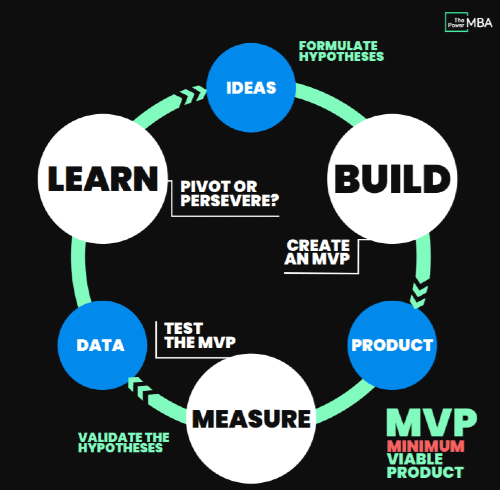What is a Minimum Viable Product, and How Can It Propel Your Startup to Success?

In today's fast-paced business world, entrepreneurs face the growing importance of constructing a Minimum Viable Product (MVP). This approach, popularized in 2008 by Eric Ries in his book "The Lean Startup Method," emphasizes agility, continuous learning, and user connection as key elements for business success.
What is a Minimum Viable Product?
The Minimum Viable Product is the best tool for testing a business idea and investing smarter and safer. In essence, an MVP is the most simplified version of a product that manages to meet the basic needs of the customer. According to a study from the University of California, Berkeley, 70% of companies that fail haven't spoken with enough customers before launching their product.
For entrepreneurs, facing financial challenges is an everyday reality. Before investing large sums of money in the complete development of a product, the MVP provides valuable market validation. This initial launch phase allows them to confirm whether their concept resonates with users and if there is real demand.
According to data from CB Insights' report, "The Top 20 Reasons Startups Fail," approximately 42% of startups fail due to a lack of market for their product. The MVP addresses this challenge, allowing companies to validate market demand before making significant investments. The ability to quickly and efficiently bring ideas to the market becomes a crucial differentiator in an increasingly dynamic business environment.
User Feedback for Entrepreneurs: Placing the User at the Heart of the Process
The Minimum Viable Product puts the user at the center, a critical aspect for entrepreneurs. This direct connection with users and the early feedback it implies allows entrepreneurs to better understand and meet their needs.
The speed of innovation has become an urgent necessity for entrepreneurs. In a survey by the Harvard Business Review, it was found that 74% of new businesses take more than six months to launch their first product. The MVP significantly shortens this time, allowing for quicker launches and agile adaptations.

Risk Reduction: Minimizing Initial Investment
The Minimum Viable Product is not just a product; it is a continuous learning process for entrepreneurs. Each iteration, each user feedback, is an opportunity to improve and perfect the proposal. This cycle of constant improvement is essential for long-term success.
By nature, entrepreneurs are familiar with the need for calculated risks. The initial investment in an MVP is minimal compared to the complete development of a product. By minimizing financial risks, entrepreneurs can test risky ideas, market niches, or creative approaches without compromising the project's financial stability. Ultimately, the Minimum Viable Product emerges as an essential catalyst for continuous innovation and business leadership.
